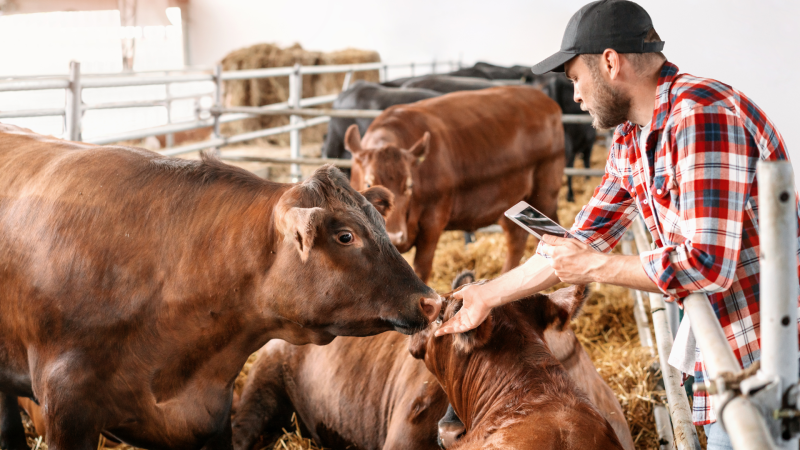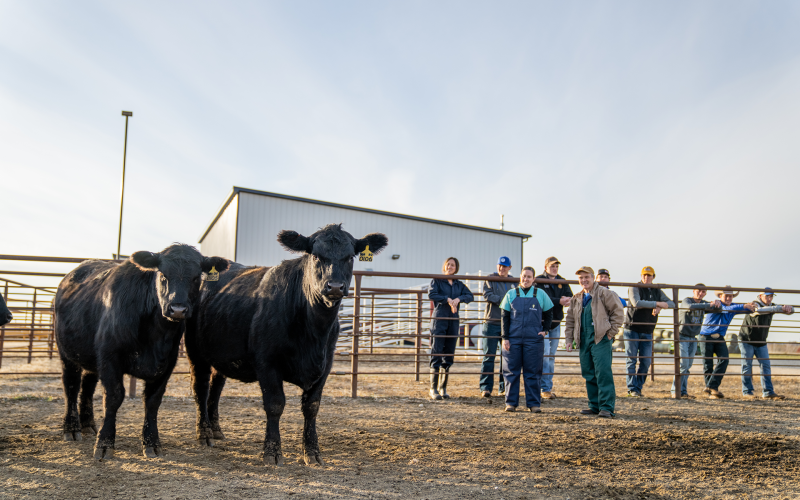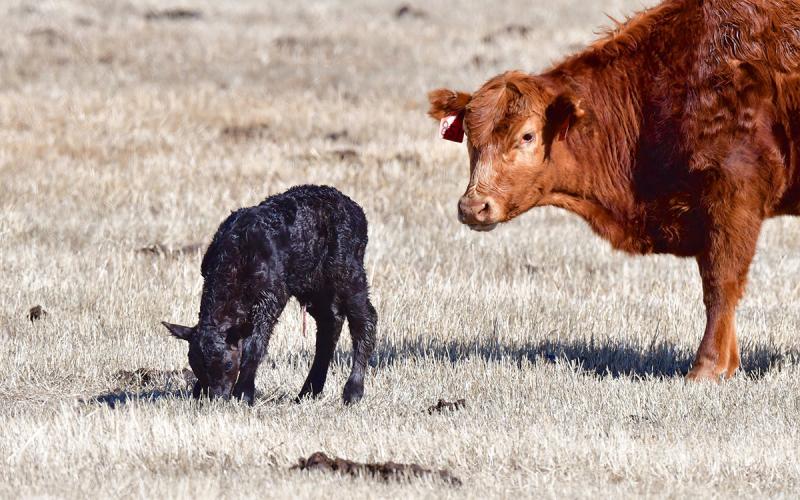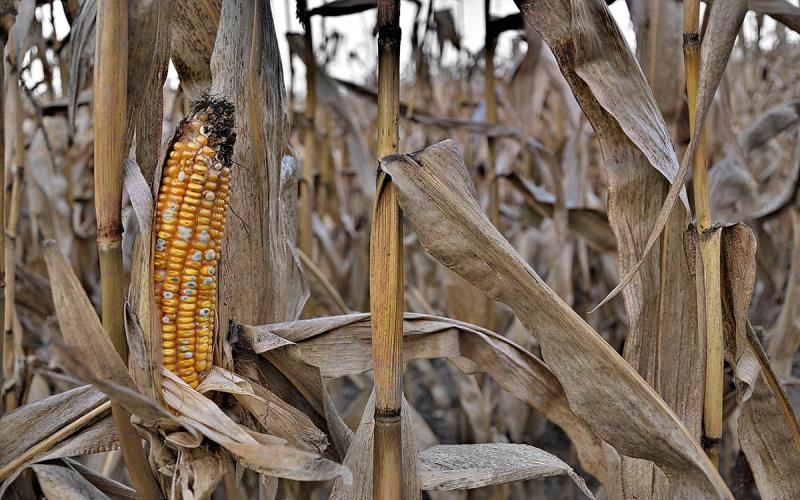
Written by Addie Stamps, former SDSU Extension Livestock Production and Stewardship Field Specialist.
Working cattle is an essential part of management, however, it can be stressful for the livestock and humans involved. We also know that improper handling can result in bruising and dark cutters. The more we learn and understand about cattle behavior, the less stress these handling events will cause. We can begin to work with our livestock and their natural behaviors instead of forcing them to work the way we want them to. Cattle behavior is essentially an ongoing research topic, whether that be regulated research trials or practical on farm experiences. What we know now is based on decades of studied behaviors. While we can all acknowledge cattle across the United States are raised in varying environmental conditions, therefore requiring varying management and handling practices, the principles remain consistent. Cattle are a prey species, and in certain situations can detect humans as predators. Their herd instincts encourage them to remain with a group and respond well to routine.
Basic Principles
Cattle want to see you. Their response to pressure is best when they are aware of where you are.
Cattle want to go around you. They want to remove the pressure you’re putting, but they also want to be able to see you. The implementation and success of curved working facilities is based off this principle.
Cattle want to be with and go with other cattle. You can take advantage of their herd instincts and get cattle moving together. This is also important to remember when you need to isolate an animal, it is going to respond much better when paired with a calm partner.
Cattle want to remove pressure. Also commonly stated, “cattle want to return to where they have been”. When pressured into a more confined setting they may want to return to the open setting they were in.
Cattle can only process one main thought at a time. When moving an animal into a high-pressure environment, keep just enough pressure that the animal decides to keep moving forward.
Once cattle are agitated, it takes 30 minutes for that animal to return to a calm state.
We as humans perceive the world through our senses and past experiences. Cattle are the same, however, their senses vary slightly from humans. As prey animals, they also perceive the world in a manner necessary for their survival. Cattle have a 300-degree field of vision, with their blind spot located directly behind them. However their depth perception is limited, this makes it difficult for cattle to distinguish shadows. What we may see as a shadow from the fence post cattle may not be able to discern, therefore be hesitant to walk past. Keeping in mind that they can only process one thought at a time, anything in their field of vision causing a distraction could make them reluctant to move through working facilities. Keep the working area clean and clear of hanging chains, misplaced posts and brightly colored objects. Cattle typically want to move from a dark area to a well-lit area, however, as with humans, blinding lights affect their ability to see. Based on the setting of your facilities it may be more effective to work cattle at different times during the day. While working cattle you have the chute running and cattle are moving, you may have to raise your voice so that your coworkers can hear you. However, cattle have a much wider range of hearing than us and are sensitive to high pitch and frequency. Yelling and shouting should not take place when working cattle, that way when sound is needed to assist in the movement of cattle it is effective. Touching cattle is a means to move cattle usually only used in confined spaces. If a flag or paddle is being used it should be of assistance to other movement techniques and should never be used to strike animals.
Cattle respond to smell in a capacity I just recently realized. Their refined sense of smell is essential, they can smell up to 6 miles away. I always thought they just heard the feed mixer coming, but they are smelling it too! Cattle can decipher predator smells. Studies have should wolf urine to alter their behavior and stress levels. Cattle’s first response to something new in their environment is to smell it, so when introducing new feeders or dogs cattle should be given the space to investigate. Animal blood may cause cattle to react, bulls especially may have an aggressive response. Pheromones are vital to cow and calf bonding. Pheromones have also become a hot topic in terms of how we can utilize them to reduce stress in cattle.
These are the basics in terms of cattle behavior and how cattle perceive the world around them. When our behaviors as humans elicit a negative response from cattle, all future interactions can be affected. From the very start of a calf’s life, they are introduced to humans and our management strategies. So, start with that first interaction and make it a goal to work with their natural instincts for the best handling results.


